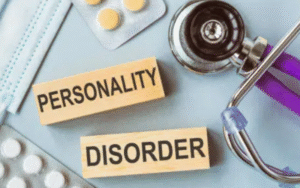Role of Maxillofacial Prosthesis in Dentistry
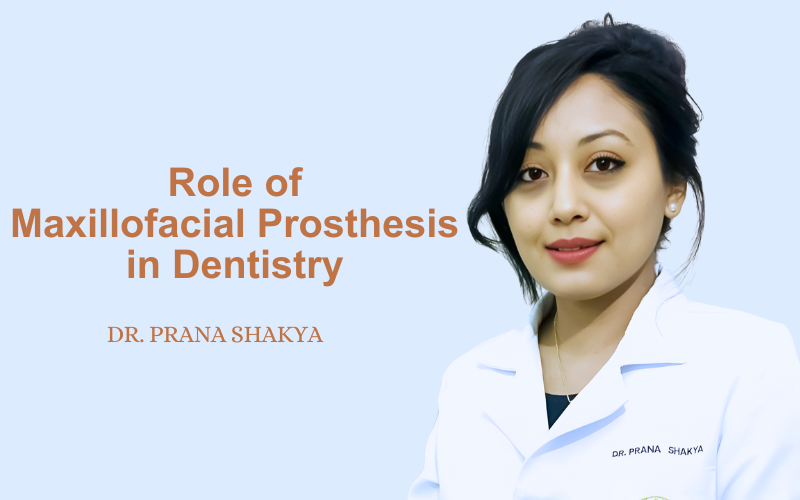
By Dr. Prana Shakya, BDS, Grad. Dip., MSD (Maxillofacial Prosthesis)
Managing Director, Dentistree – The Dental Clinic, Jawlakhel, Lalitpur
Nothing should ever limit your ability to smile, speak, or eat with confidence. Good oral health not only enhances our appearance but also plays a key role in our overall wellbeing. While dentistry is often associated with teeth and gums, it actually covers the entire head and neck region — and that’s where Maxillofacial Prosthetics comes in.
Maxillofacial Prosthetics is a special branch of dentistry focused on restoring and rehabilitating oral and facial structures that are missing due to cancer, birth defects, trauma, or other medical conditions. It also helps manage issues like temporomandibular joint (TMJ) disorders, sleep apnea, and snoring. Many of these problems can be prevented or treated early with proper dental care.
A general dentist usually handles routine oral care and maintenance, while a maxillofacial prosthodontist specializes in replacing or reconstructing missing parts of the mouth and face — such as teeth, jawbones, ears, eyes, or even the nose.
These restorations can be:
- Intra-oral prostheses (used inside the mouth): dentures, crowns, implant prostheses, or obturators.
- Extra-oral prostheses (used on the face): customized facial or ocular (eye) prostheses made with medical-grade silicone or other materials, held in place with adhesives or implants.
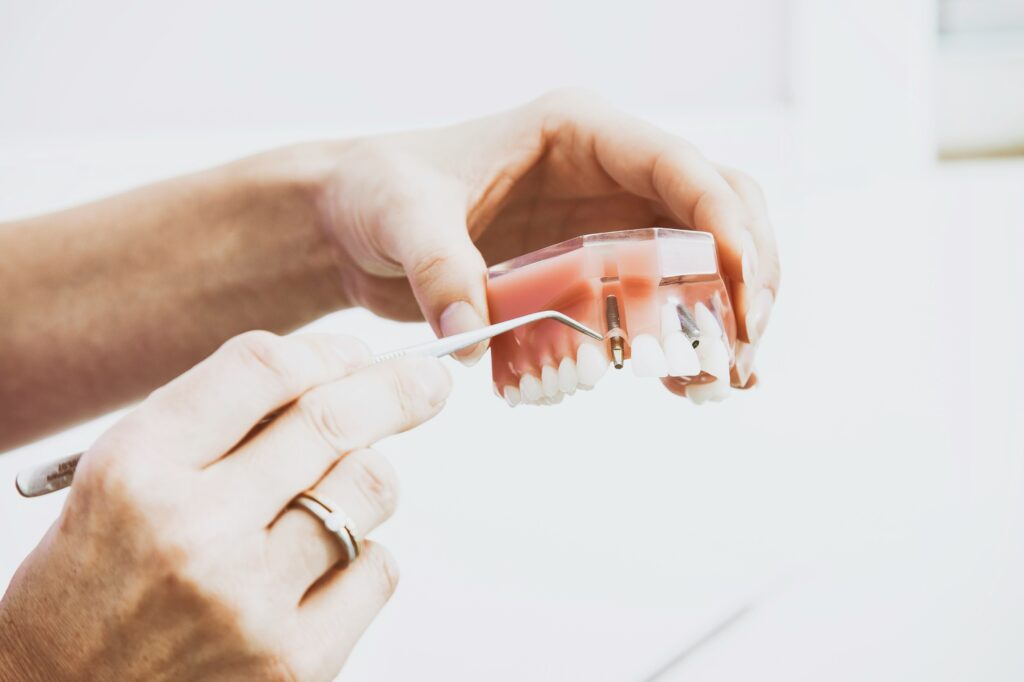
Prosthetic rehabilitation is not just about appearance — it restores essential functions like chewing, speaking, and swallowing, greatly improving quality of life.
Tooth Loss and Replacement Options
Loss of teeth in adults can occur due to decay, gum disease, accidents, or medical issues like osteoporosis or diabetes. Depending on the case, missing teeth can be replaced with:
- Removable Prostheses
- Acrylic dentures (temporary)
- Cobalt-chrome dentures (permanent)
- Implants that help secure dentures for better comfort and stability.
- Fixed Prostheses
- Crowns and bridges
- Implant-supported prostheses for a more natural and lasting solution.
Restoring More Than a Smile
Maxillofacial Prosthetics plays a crucial role in helping patients who have lost facial features due to cancer, trauma, or congenital conditions. For example, loss of an eye can be restored with a customized 3D ocular prosthesis — precisely made to match the patient’s natural eye in shape and color. Similarly, auricular (ear) prostheses or combined facial restorations can recreate natural appearance and confidence.
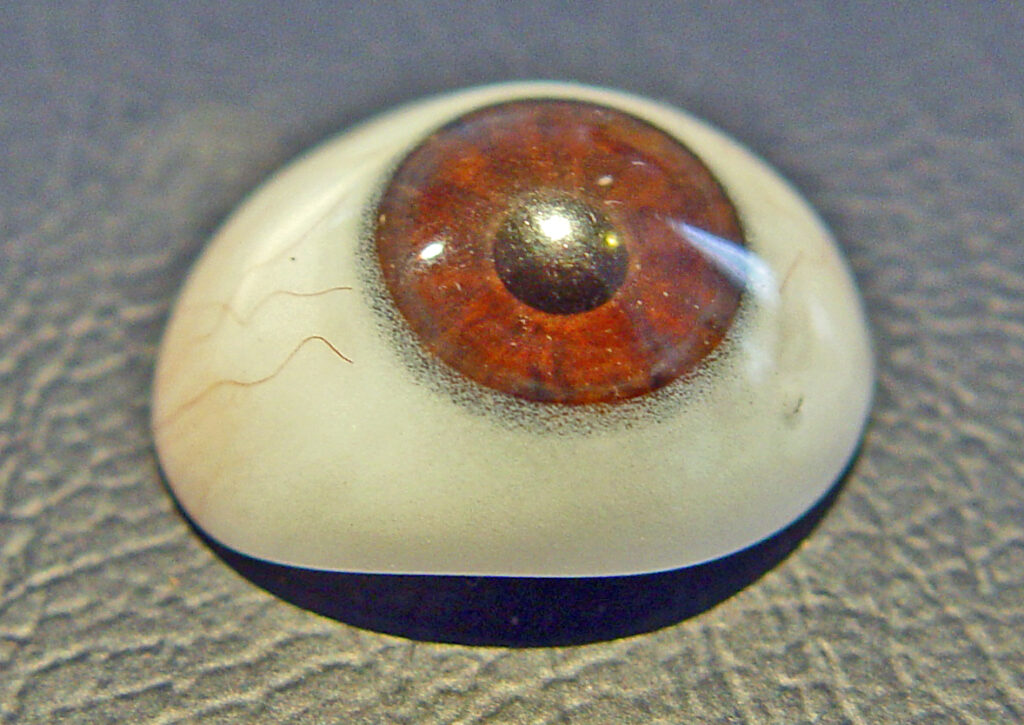
A Team Approach
Rehabilitation after cancer or surgery can be complex due to tissue loss or changes caused by radiotherapy. These treatments can affect bone and soft tissue, making prosthetic fitting challenging. That’s why maxillofacial prosthodontists often work closely with surgeons, ENT specialists, and oncologists to ensure the best long-term results.
Early consultation and proper treatment planning are key to successful rehabilitation and improved quality of life.
About The Author
Dr. Prana Shakya completed her Master’s degree in Maxillofacial Prosthetics from Mahidol University, Thailand, where she also served as an instructor for the International Master’s Program. With over a decade of experience in clinical prosthetics and research, Dr. Prana has established herself as a leading expert in the field. She has represented Nepal as an international speaker at numerous conferences and specializes in facial, oral, and implant prosthetics—helping patients regain not just function but also confidence in their everyday lives.
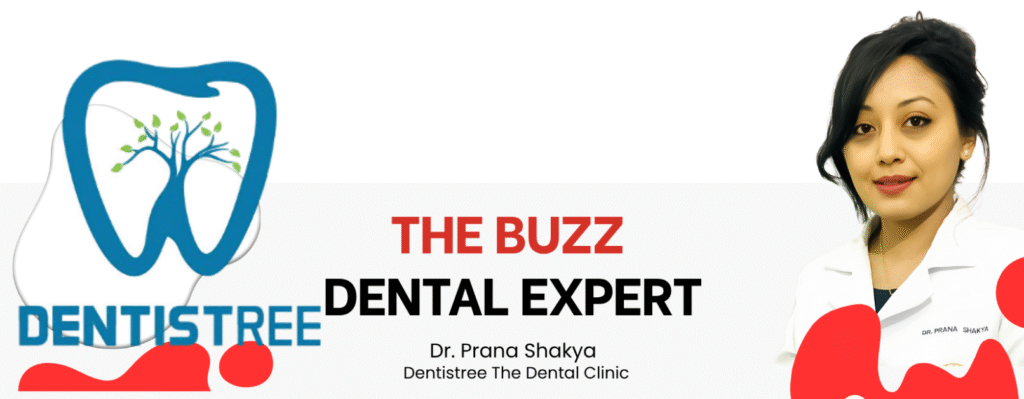
Also Read
Sanju Shrestha Departs for Mrs. Universe Official 2025 in Manila, Philippines
Rooted in Resilience and Grace
Hanok Korean Restaurant Expands with a New Branch in Thamel
Mega Live Concert 2025 Set to Rock Dharan This Dashain-Tihar






